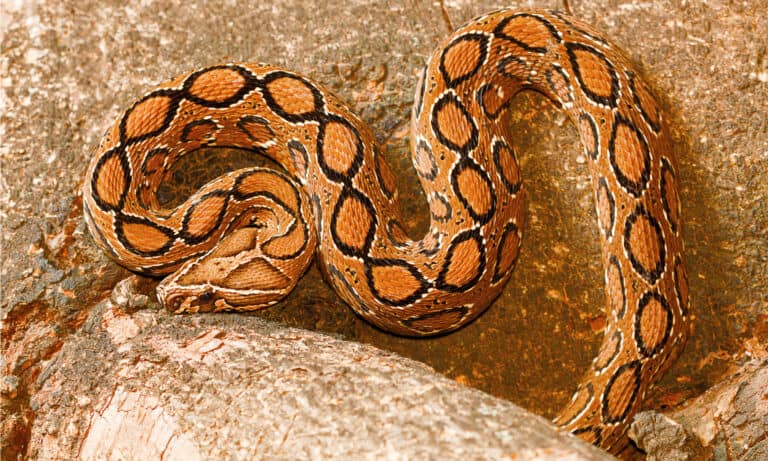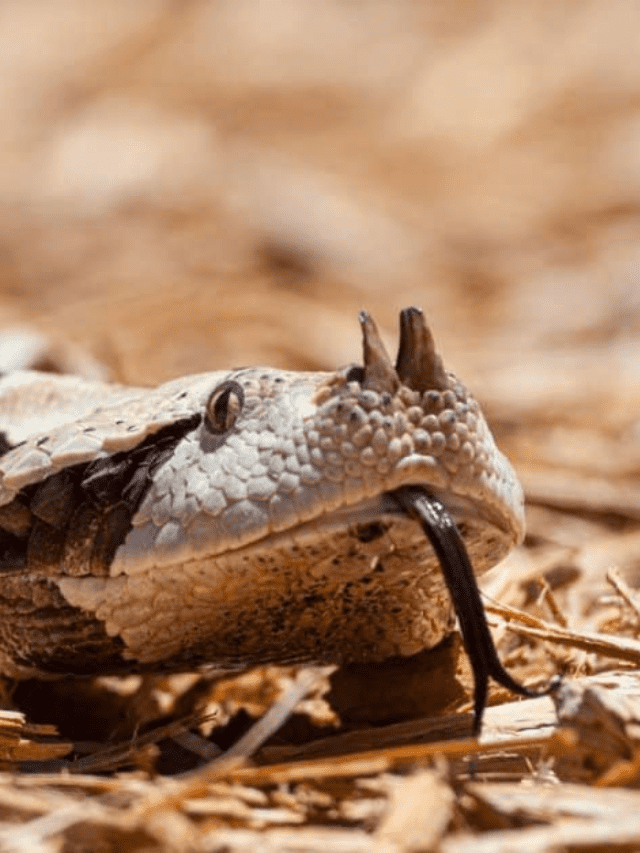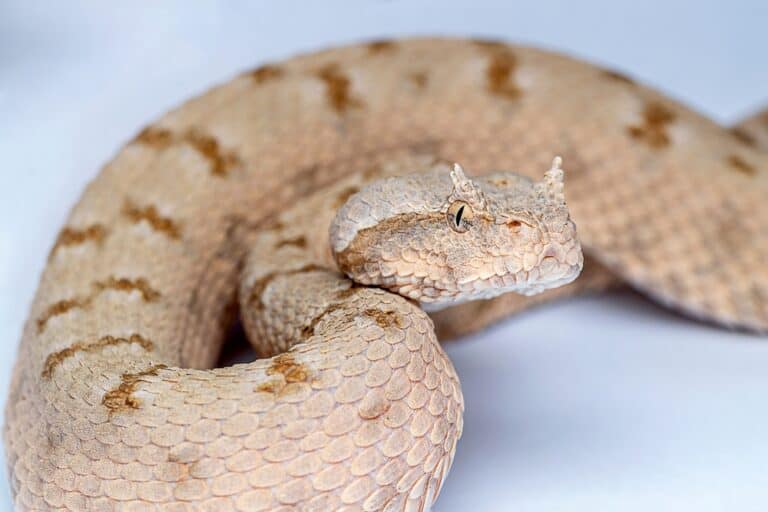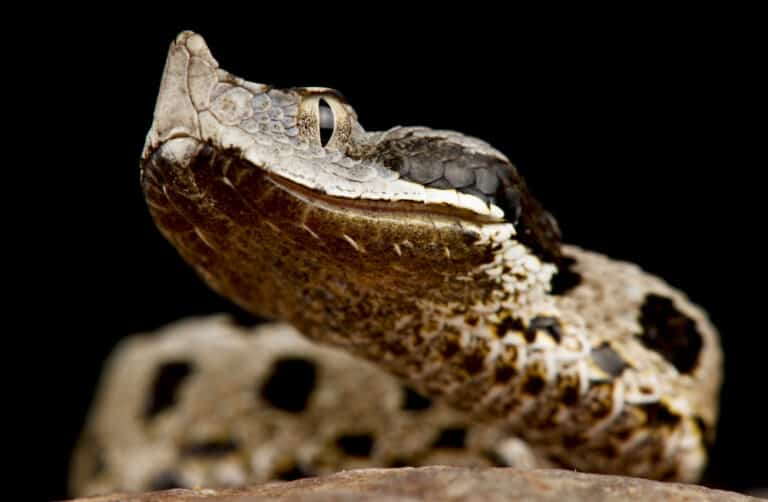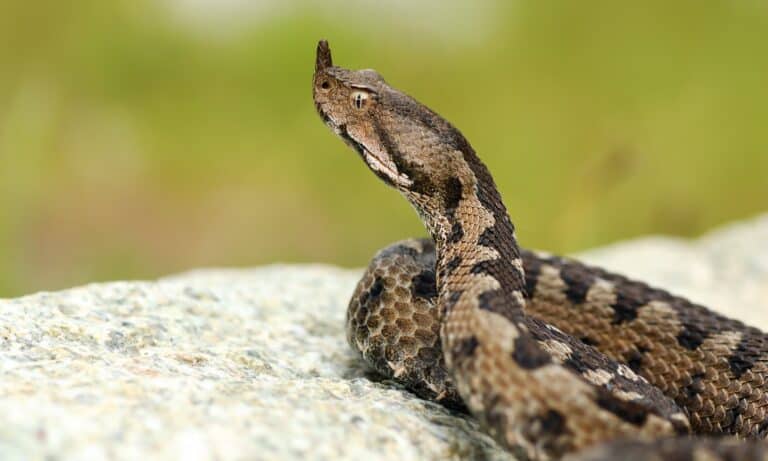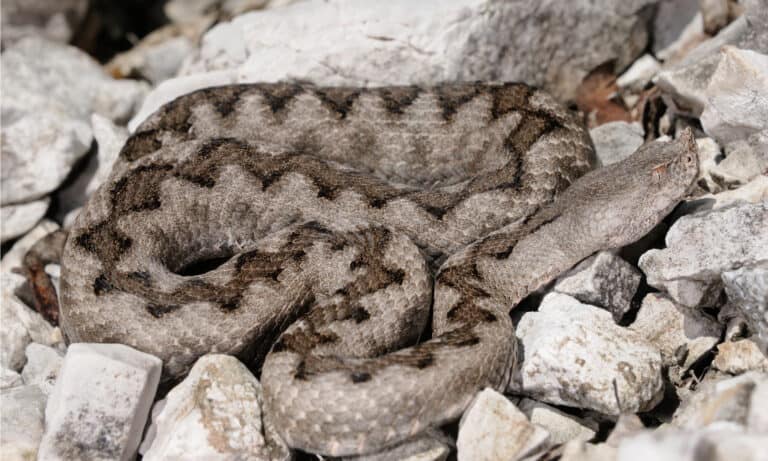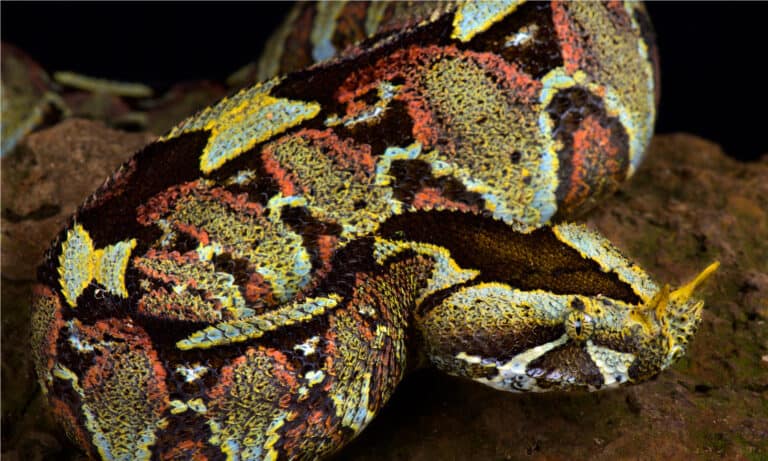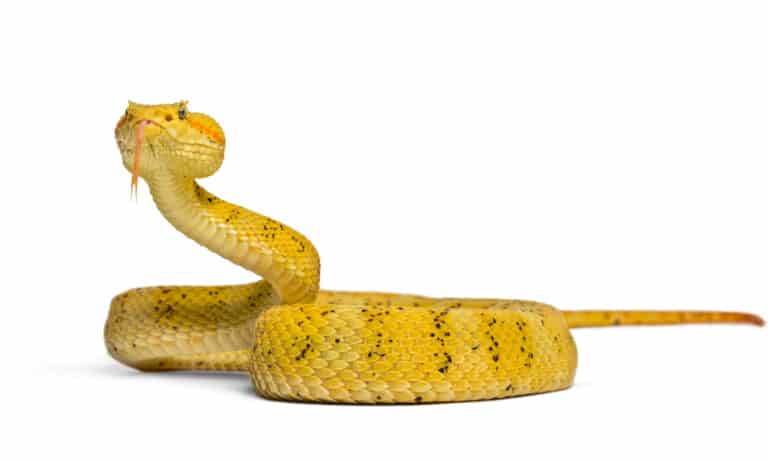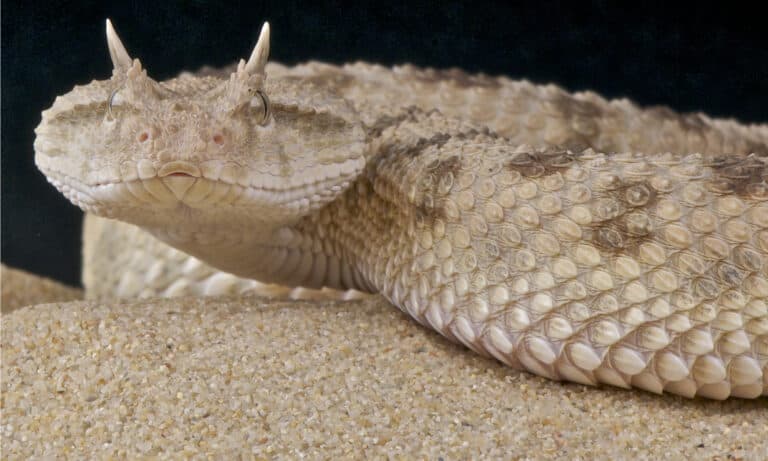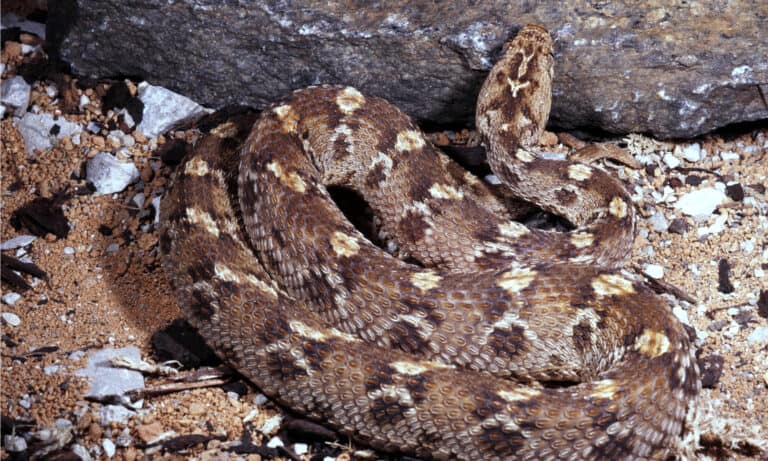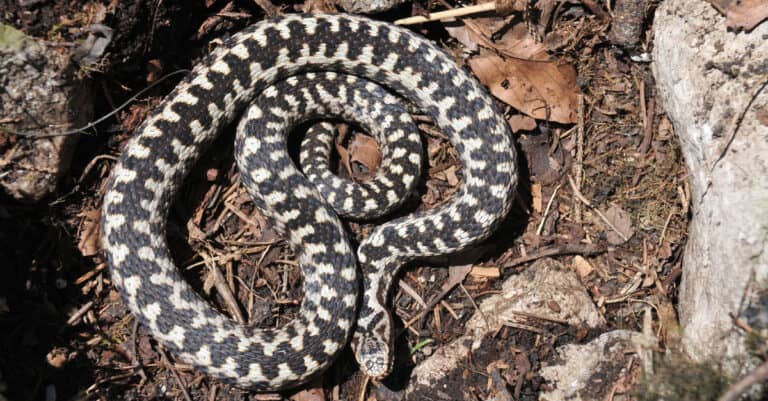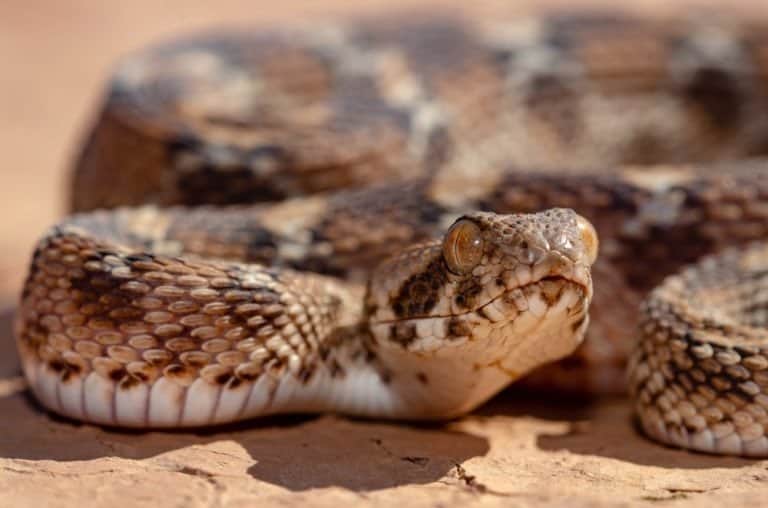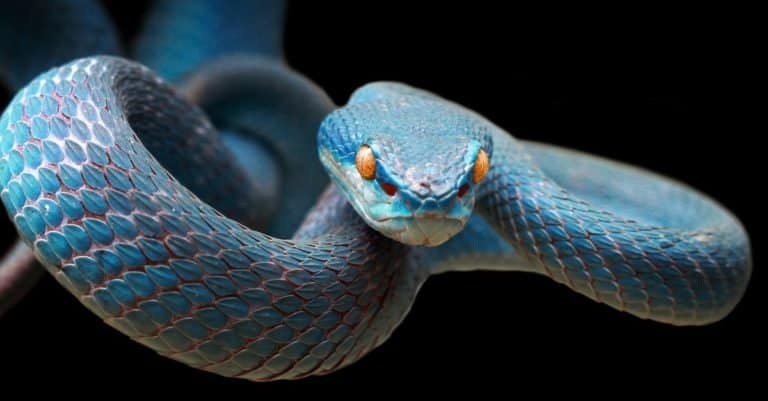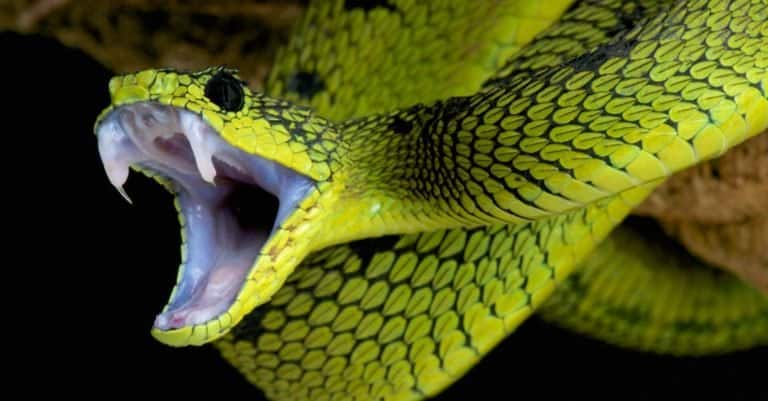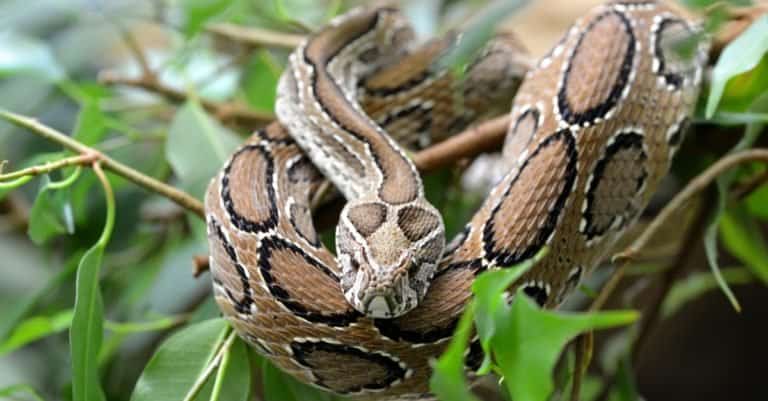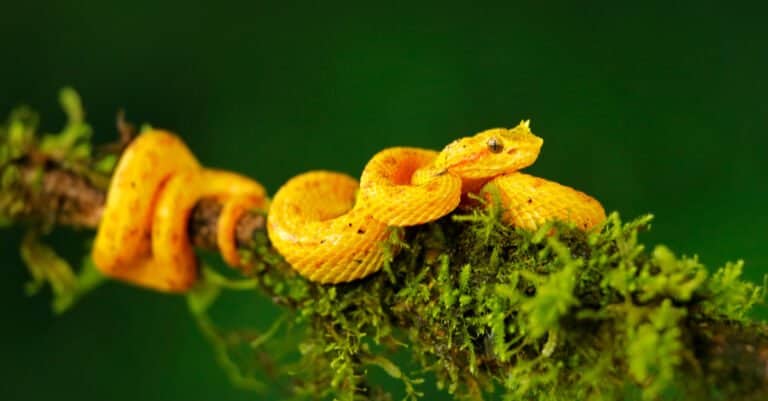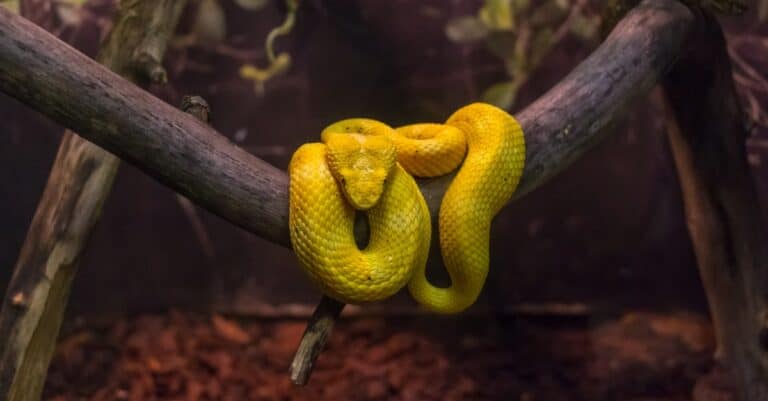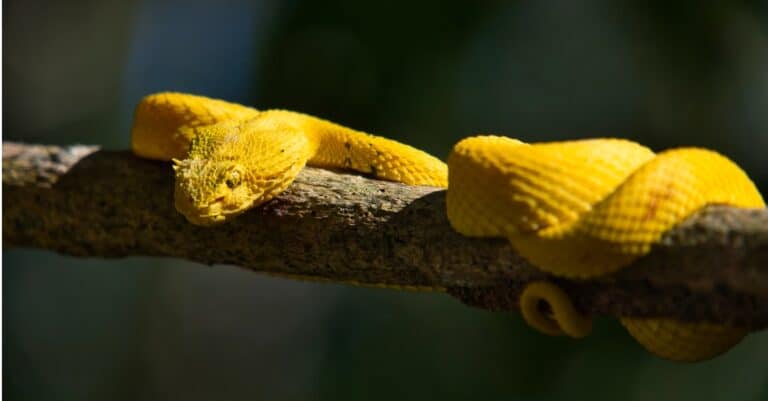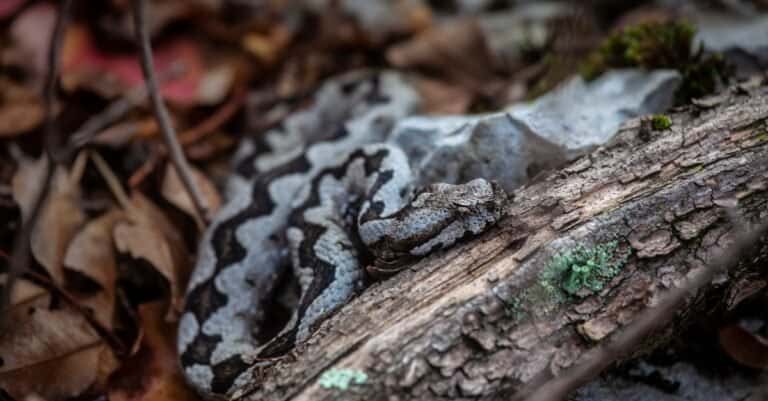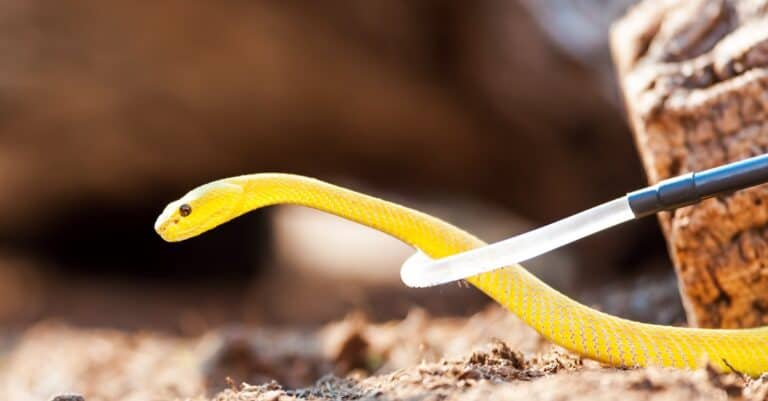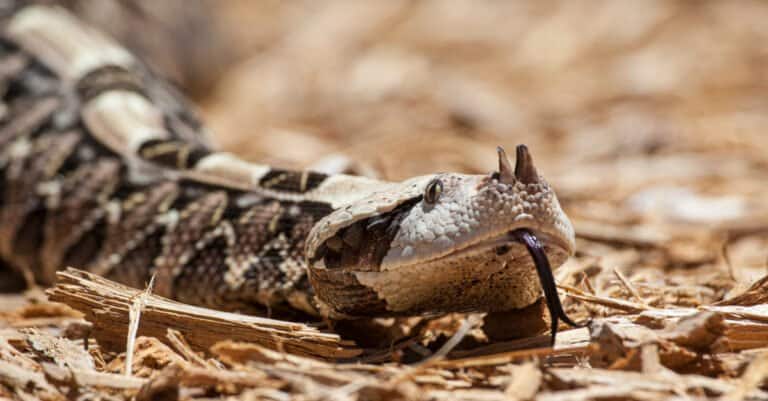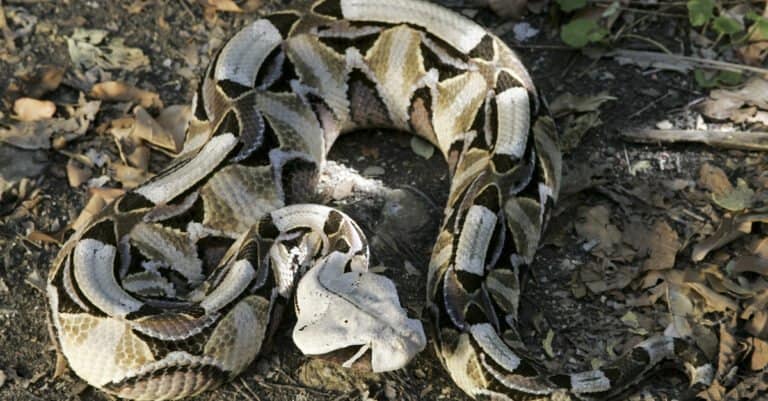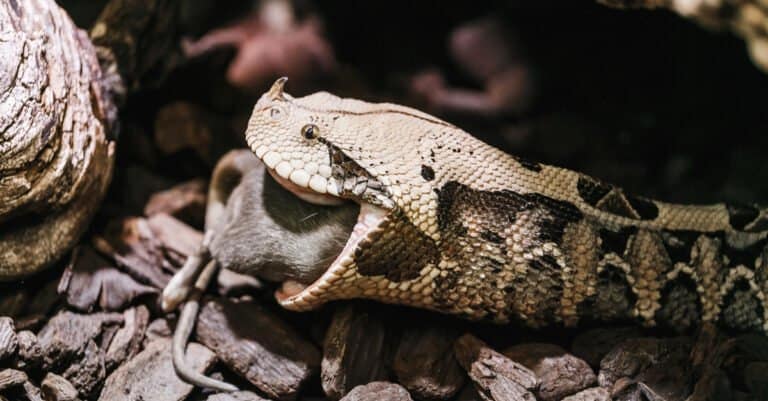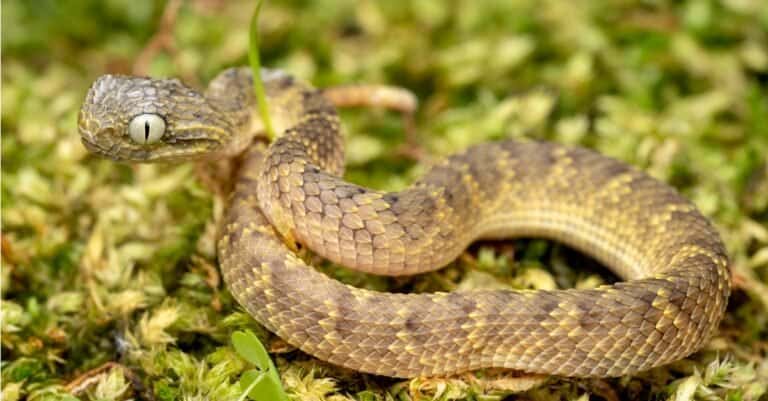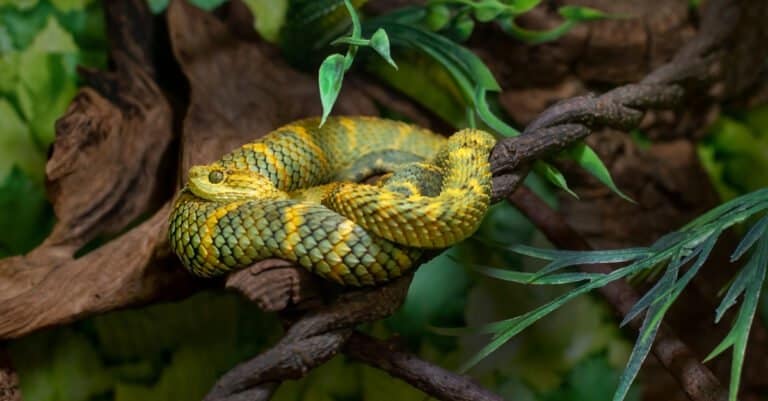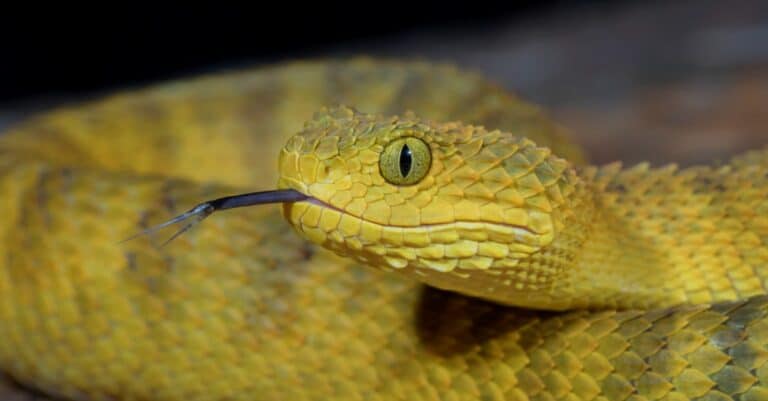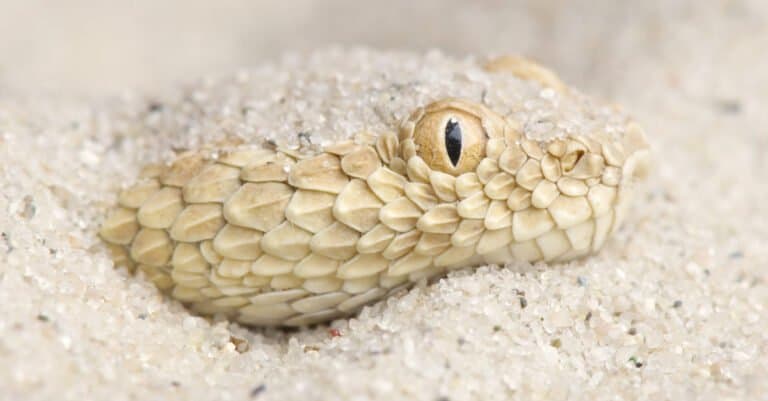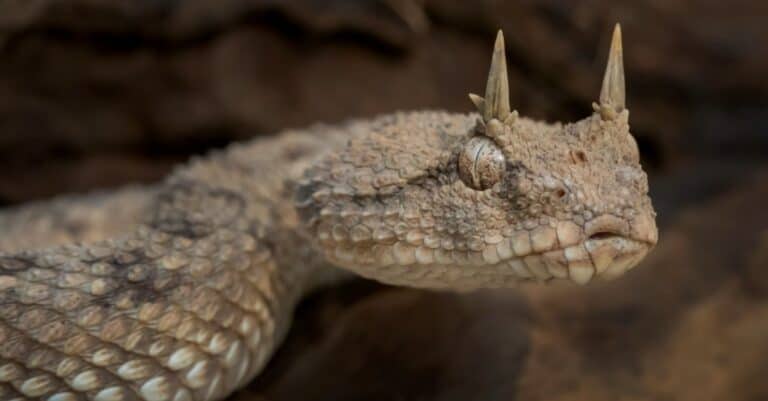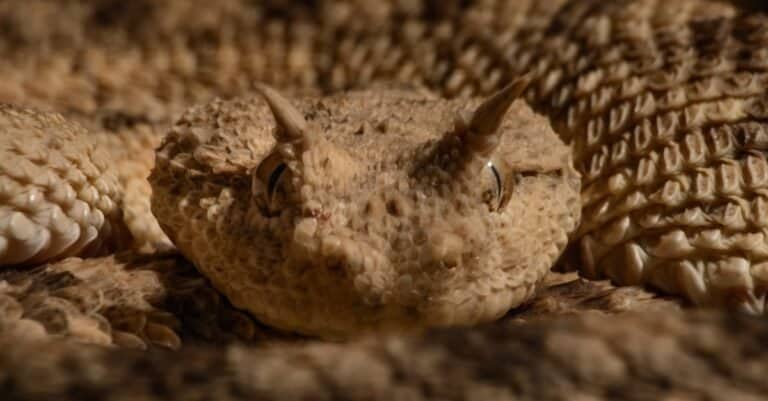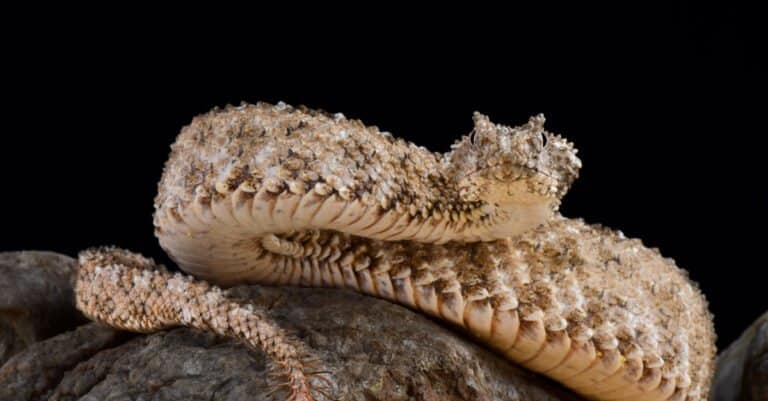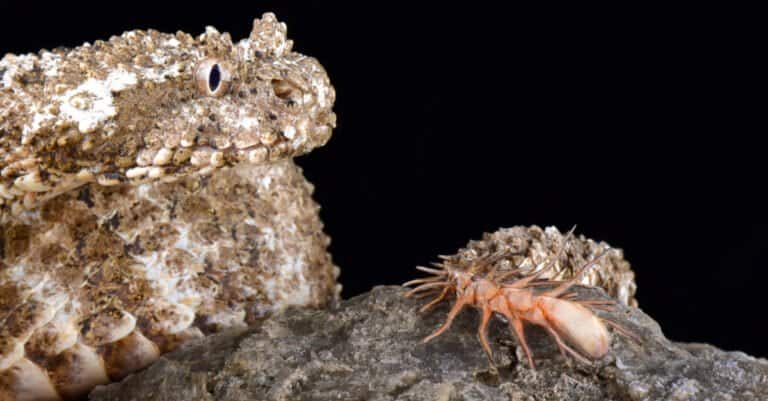Viper Animal Pictures
Advertisement
Gaboon Viper (Bitis gabonica), Africa
These vipers don't hesitate to approach a person, and are considered aggressive.
This venomous snake is one of India's "Big Four" snakes that are responsible for the most bites.
The venomous Gaboon viper uses its tongue to smell. Longest fangs of any snake.
False Horned Viper or Persian horned viper (Pseudocerastes persicus) is a species of venomous vipers endemic to the Middle East and Asia
The Lataste’s Viper (Vipera latastei gaditana)
African Bush Viper (Atheris squamigera) with open mouth showing fangs.
African Bush Viper (Atheris squamigera) with open mouth showing fangs.
An aggressive male nose-horned viper on a rock ( Vipera ammodytes ). Males have a background of gray or brown scales with a pattern of dark brown or black zigzags running down its back.
An aggressive male nose-horned viper on a rock ( Vipera ammodytes ). Males have a background of gray or brown scales with a pattern of dark brown or black zigzags running down its back.
River Jack Snake or Rhinoceros Viper
Female Nose-Horned Viper (Vipera ammodytes) lying on some rocks. This snake’s belly is cream or yellow scattered with dark spots.
Female Nose-Horned Viper (Vipera ammodytes) lying on some rocks. This snake’s belly is cream or yellow scattered with dark spots.
River Jack Snake or Rhinoceros Viper
Green Bush Viper
Eyelash Viper isolated against white background.
Eyelash Viper isolated against white background.
Horned desert viper / Cerastes cerastes
Northeast African carpet viper, Echis pyramidum, small but poisonous viper
Common adder on leaf litter.
Male European adders are usually silvery-gray in color, and thinner than the females.
10 Most Venomous Animals - The Roman's Saw scaled Viper is the most dangerous snake in Africa and Asia.
The Roman's Saw scaled Viper is the most dangerous snake in Africa and Asia
With a spider-like tail, the spider-tailed horned viper lures in birds that feed on insects.
This pit viper is small and beautiful but venemous.
This pit viper is small and beautiful but venemous.
The blue White-lipped island pitviper (Trimeresurus albolabris insularis) is endemic to Komodo island and surrounding islands.
The blue White-lipped Island pitviper (Trimeresurus albolabris insularis) is endemic to Komodo island and surrounding islands.
Yellow eyelash viper, Bothriechis schlegelii. stock photo Central Scotland, Latin America, Russia, Trinidad - Trinidad And Tobago, Snake Yellow eyelash viper, Bothriechis schlegelii
The amount of bones a snake has helps determine how flexible it is.
deadly toxic eyelash viper snake in Costa Rica
Snakes do not eat more to store fat before entering brumation.
Horned Viper Most Dangerous of European Vipers stock photo Snake, Forest, Viper, Animal Wildlife, Backgrounds Actual Photo of Horned Viper Probably the Most Dangerous of European Vipers Took at Sabotin Hill in Slovenia Above Soca River in Mid November 2020 at 10 Degrees Celsius istockphoto premat 1285981203
There is no specific time for when and how long snakes go into brumation.
Fun fact: snakes don't have eyelids.
Gaboon Viper
The venomous Gaboon viper uses its tongue to smell. It has the longest fangs of any snake. Like many members of Bitis, it has horns between its nostrils.
Gaboon viper
Gaboon Viper (Bitis gabonica), on leaf litter. Its upper body is made up of beautiful diamonds, triangles, and hourglasses in neutral colors that mimic the colors of leaf litter.
Gaboon Viper eating a big rat. This is the heaviest venomous snake on the African continent.
Bush Viper
Bush Viper (Atheris squamigera) in tree. The average size of the snake is 18 to 24 inches.
Bush Viper
Red Venomous Bush Viper in African Rainforest. The viper comes in variations of orange, red, gray, black, yellow, blue, brown and olive.
Bush Viper
A day old venomous baby Bush Viper snake (Atheris squamigera).
Bush Viper
The colors of the Bush Viper can be uniform or mottled with blackish spotting.
Bush Viper
The head of the Bush viper, like the rest of the body, is thickly covered with imbricate, keeled scales.
Sahara sand viper
The color of the sand viper helps it to blend in with its habitat where it hunts for prey.
The horns over the eyes are the most distinctive feature of the horned viper.
Horned vipers can grow as large as 33 inches in length.
The color of the horned viper generally matches its habitat.
Spider-tailed Horned Viper
The spider-tailed horned viper (Pseudocerastes urarachnoides) lures prey with its tail.
Spider-tailed Horned Viper
The spider-tailed horned viper (Pseudocerastes urarachnoides) has a unique tail that has a bulb-like end and that is used to catch birds. It lives in Iran.
Spider-tailed Horned Viper
The coloration of the spider-tailed horned viper depends the locality in which it is found, but generally they have grayish-brown scales.
Spider-tailed Horned Viper
The tail of the spider-tailed horned viper (Pseudocerastes urarachnoides) has the appearance of a spider and is used to lure unsuspecting birds or other prey within reach of the viper.


